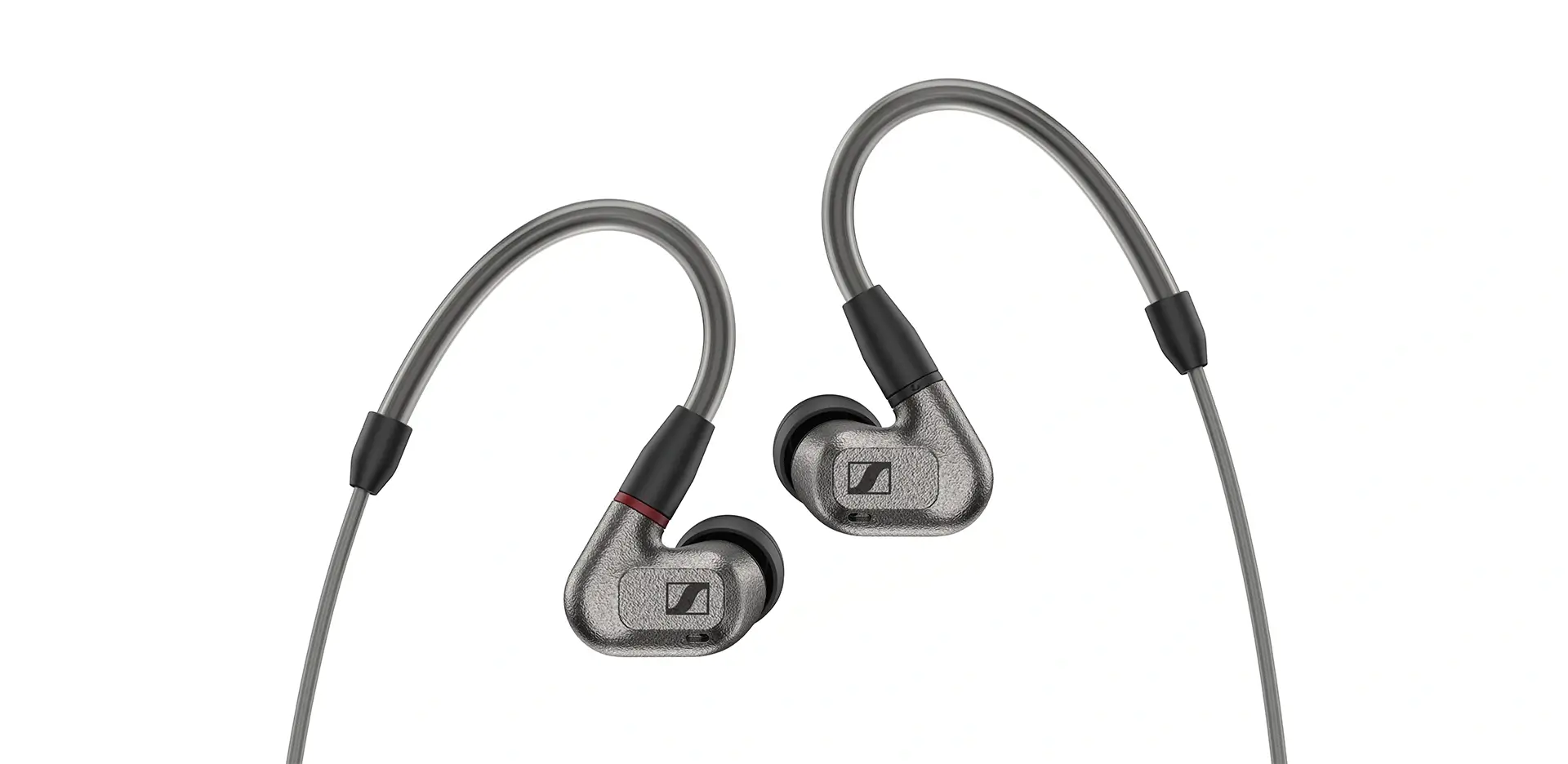Today, Sennheiser announced their IE600 in-ear monitors for North American release and I’m lucky enough to have received a pair for review, a couple of weeks ago.

Anyone who has a passion for headphones, surely has heard of Sennheiser. The German brand been in business for more than 75 years and has a well-deserved reputation for producing relatively consistent, great sounding headphones. Or at least they have during the 30 years that I’ve been using them. I’m not reflecting on the (still decent), entry level Sennheiser product, but the mid-level and higher-end models. I have yet to find a Sennheiser headphone that I dislike. Of course, I listen to them within the context of the model to target audience. I don’t judge a TWS earbud using the same criteria as the reference ‘phones.
Sennheiser’s newest single driver, earphone is designed for audiophile use and it’s positioned right in between the IE 300 and IE 900, with a hefty price of US$800 MSRP.
For this review I used my Sony digital Walkman with digital music files all in FLAC format which includes music that I professionally produced in my commercial recording studio, about 30 years ago… ah, the good old days.

But before discussing the sound, I’d like to bring the construction to your attention; something that I’ve never done before.
Through a patented 3D printing process, the housings of the IE 600 have been 3D-printer crafted from ZR01 amorphous zirconium, a metal with a glass-like atomic structure that gives it triple the hardness and bend resistance of high-performance steel. One of the only other places ZR01 amorphous zirconium is used is in the drilling head of the NASA Mars Rover, where ultimate toughness in extreme conditions is required. Through multiple elaborate treatment processes, a surface finish is achieved that is extraordinarily resistant against corrosion and scratches. I don’t know how this will affect the sound quality, but it’s a cool factoid to read and to share. And testing the toughness by sanding the earphones, affirms the resiliency for no sanding mark can be seen with the naked eye. Why did I sand it? Well, just for curiosity, I guess.
For the IE600, Sennheiser chose to use their single 7mm True-Response transducer drivers, which is responsible for the extra-wide frequency range and ultra-low distortion of these earphones. This system and the acoustic back volume has been tuned for, as per Sennheiser marketing material, “a tonally neutral, intimate and emotional sound.” The keyword is TONALLY, and NOT measured. I’m clarifying this because if you just measure the earphones at de-facto reference level of 80-85 dB average loudness, which is extremely loud, it shows slight bumps in bass and treble region. However, because the IE is designed for reference and audiophile listeners, when being listened to at a normal listening loudness (about 50-60 dB average), the bump will become tonally neutral as human hearing rolls off low and higher frequencies at lower listening levels. So in order to make it sound neutral at a normal listening level (50-60 dB average), the driver needs to be boosted.

As usual, I always start my listening session during reviews using actual recordings that I’ve professionally done in my own recording studio on an E-mu Darwin digital recorder from around 30 years ago, so I know exactly how they are supposed to sound like. And from that listening session, I can attest that I do NOT find the treble to be sibilant at all. It is truly neutral with a little bass boost that somewhat mimics the pleasing Harman curve and RoomFeel from PSB, with very tight sounding response and without any bloat.
Of course, as usual, my Judas Priest, Iron Maiden, Charice, and Frank Sinatra recordings are part of my roster. (No Diana Krall this time!)
Listening song after song in a completely silent (my room floor noise being 30 dB) and dark environment (after all, it’s my home theatre), I find the sonic characteristics to be… without character. That’s what we need when listening in the context of accuracy and being reference quality. Well, except for the slight kick in the lower frequency region added as a very slight and welcoming sonic spice.
My quick take on the IE600 is that if you’re looking for a big bass presence, you better look at the IE 300 as the IE 600 will not give you that. The IE600 is designed for normal, but serious listening sessions and using that context into consideration, it is a tremendous success.
Technical Specifications
Transducer principle: Dynamic, Extra Wide Band (XWB)
Transducer Size: 7mm
Frequency Response: 4 to 46,500Hz
Type: In-Ear, closed
Impedance: 18 Ohm
SPL: 118dB at 1kHz, 1 Vrms
THD: < 0.06% (1kHz, 94dB)
Attenuation: -26dB
Cable: Oxygen-free Copper Cable (OFC), para-aramid reinforced, ear hooks: TPU Coated









